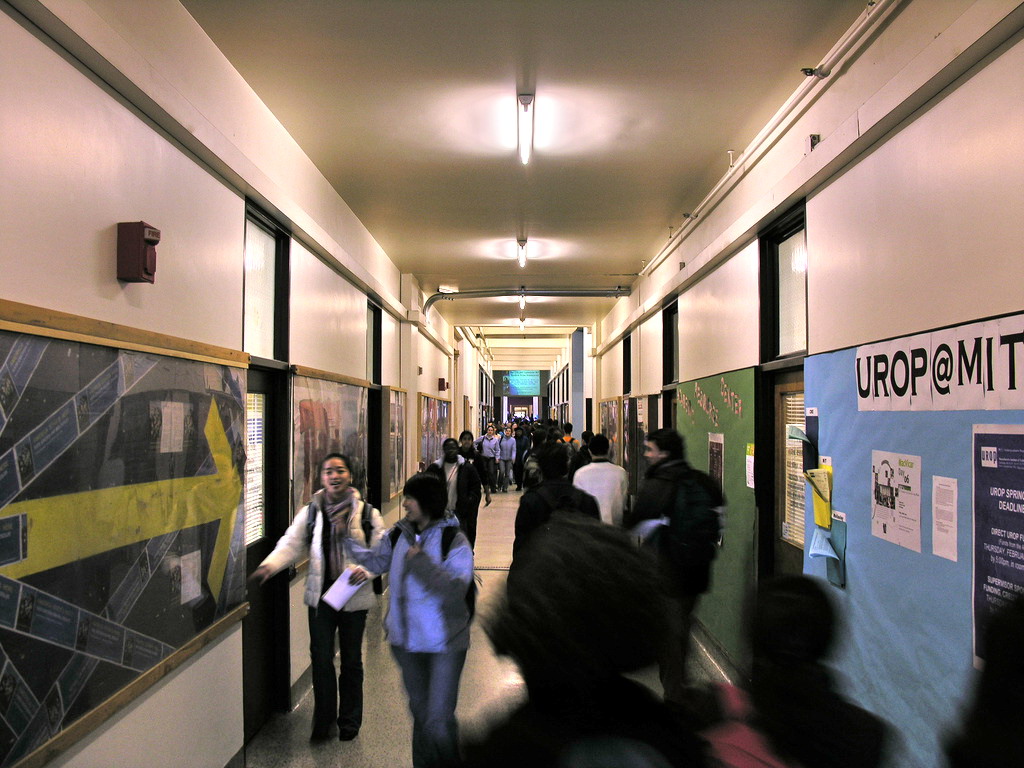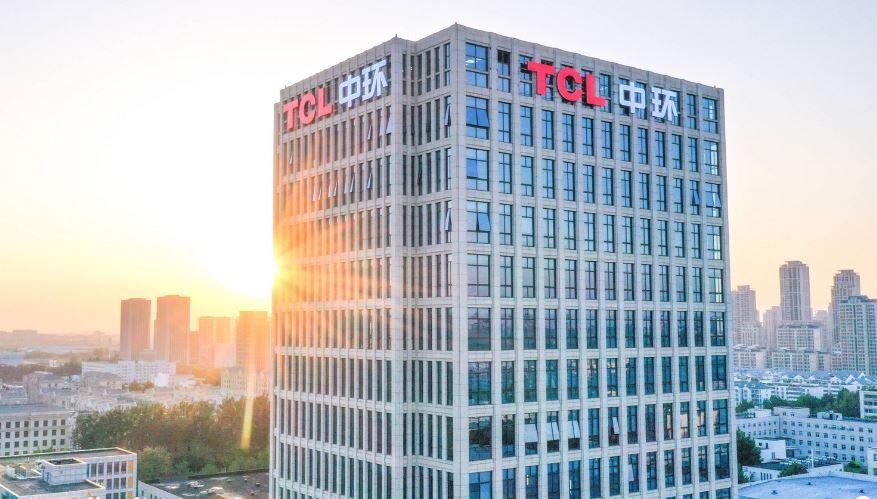A paper published last week in the journal Nature detailed how scientists at MIT demonstrated how an effect known as singlet exciton fission could be applied to silicon solar cells and could lead to cell efficiencies as high as 35%.
Singlet exciton fission is an effect seen in certain materials whereby a single photon (particle of light) can generate two electron-hole pairs as it is absorbed into a solar cell rather than the usual one. The effect has been observed by scientists as far back as the 1970s and though it has become an important area of research for some of the world’s leading institutes over the past decade; translating the effect into a viable solar cell has proved complex.
In the paper Sensitization of silicon by singlet exciton fission in tetracene, the scientists claimed to be the first group to transfer the effect from one of the ‘excitonic’ materials known to exhibit it, in this case tetracene – a hydrocarbon organic semiconductor, into crystalline silicon. They achieved the feat by placing an additional layer just a few atoms thick of hafnium oxynitride between the silicon solar cell and the excitonic tetracene layer.
“It turns out this tiny, tiny strip of material at the interface between these two systems ended up defining everything,” explained lead author Markus Einziger, a graduate student at MIT’s Center for Excitonics. “It’s why other researchers couldn’t get this process to work and why we finally did.”
Bridge effect
The hafnium oxynitride layer acts as a “nice bridge”, making it possible for high energy photons generated in the tetracene layer to trigger the release of two electrons in the silicon cell. The scientists reported the discovery saw a doubling of energy output from the green and blue parts of the light spectrum.
However, while they speculate the development could boost silicon solar cell efficiency to a maximum of around 35% – beyond the theoretical limit for single junction silicon solar – they did not include the efficiencies actually achieved in their experiments.
The researchers stated, while their newly published work provides the “crucial step” of coupling the two materials efficiently, there is still work to be done. “We still need to optimize the silicon cells for this process,” said MIT professor of electrical engineering and computer science Marc Baldo. “Overall, commercial applications are probably still a few years off.”
Efficiency could be even higher
The MIT researchers were keen to add their work, which they described as “turbocharging” silicon solar cells, differs from the most common approaches to increasing solar cell efficiencies, which these days are focused more on tandem cell concepts. “We’re adding more current into the silicon as opposed to making two cells,” said Baldo.
The team will continue its work with the materials, which could have the potential to achieve efficiencies for single junction silicon beyond even the 35% theorized. “We know that hafnium oxynitride generates additional charge at the interface which reduces losses by a process called electric field passivation,” said Einziger. “If we can establish better control over this phenomenon, efficiencies may climb even higher.”
This content is protected by copyright and may not be reused. If you want to cooperate with us and would like to reuse some of our content, please contact: editors@pv-magazine.com.




3 comments
By submitting this form you agree to pv magazine using your data for the purposes of publishing your comment.
Your personal data will only be disclosed or otherwise transmitted to third parties for the purposes of spam filtering or if this is necessary for technical maintenance of the website. Any other transfer to third parties will not take place unless this is justified on the basis of applicable data protection regulations or if pv magazine is legally obliged to do so.
You may revoke this consent at any time with effect for the future, in which case your personal data will be deleted immediately. Otherwise, your data will be deleted if pv magazine has processed your request or the purpose of data storage is fulfilled.
Further information on data privacy can be found in our Data Protection Policy.